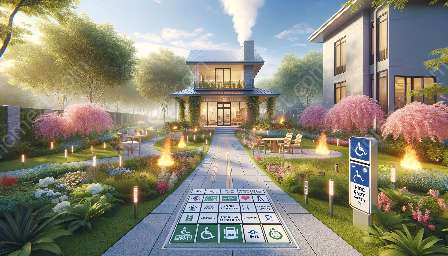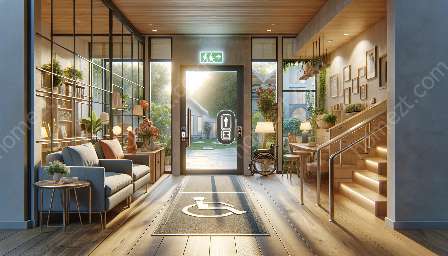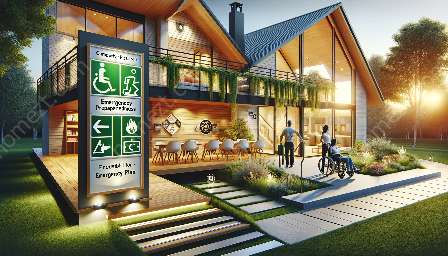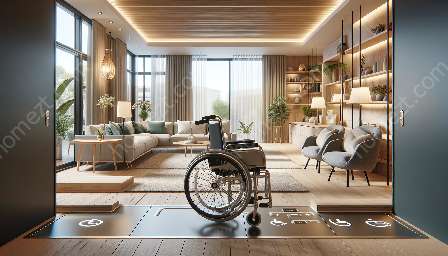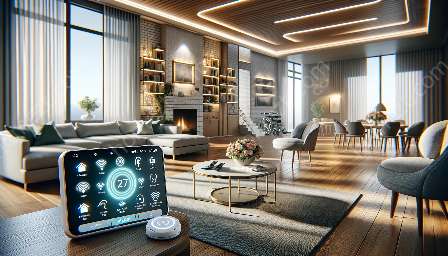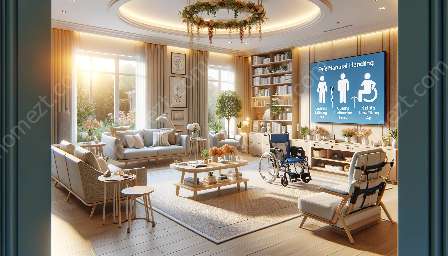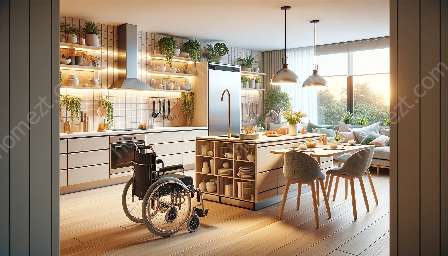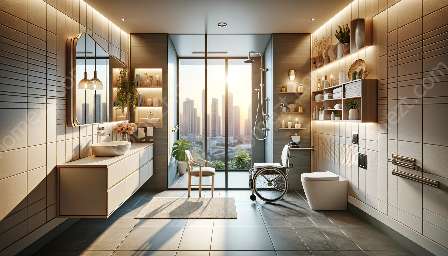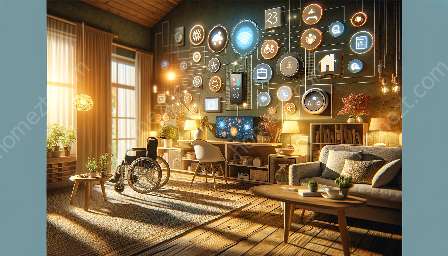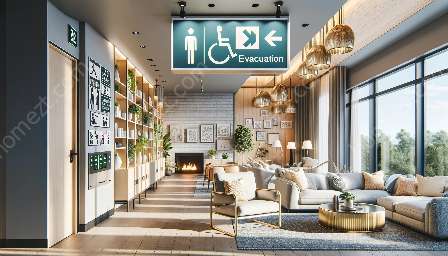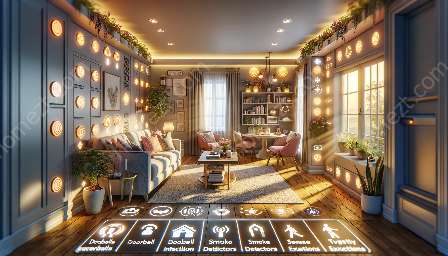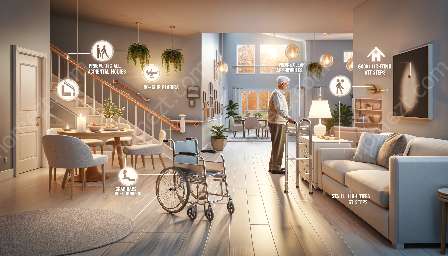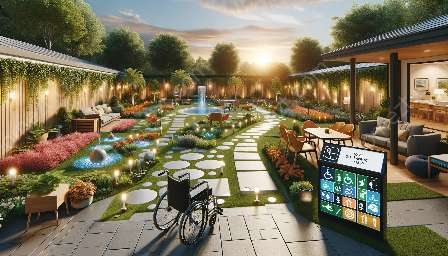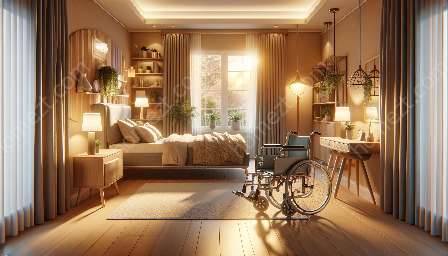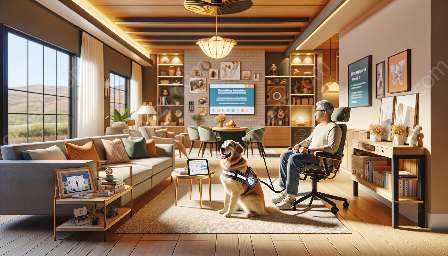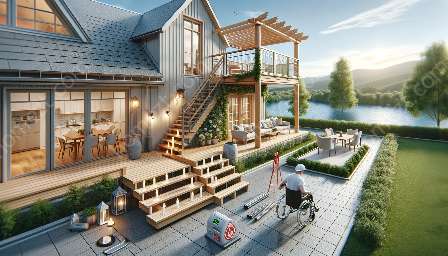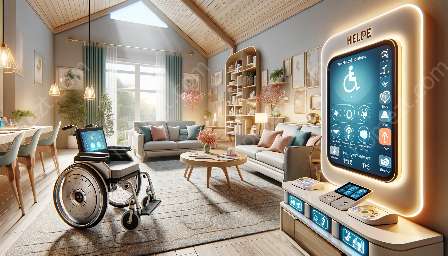Living with a physical disability may present unique challenges, especially when it comes to navigating and accessing various areas of the home. It is crucial to ensure that the living environment is safe, accessible, and supportive for individuals with disabilities. By making necessary home modifications, it becomes possible to enhance home safety and security for people with disabilities, allowing them to live independently and comfortably. In this article, we will discuss important home modifications that can make a significant difference in the lives of individuals with physical disabilities.
Accessible Entryways and Exits
One of the primary concerns for individuals with physical disabilities is the ability to enter and exit the home safely and easily. To address this, homeowners may consider installing ramps or stairlifts to enable smooth movement in and out of the house. Additionally, widening doorways and eliminating thresholds can facilitate wheelchair accessibility. These modifications not only enhance safety but also promote independence and mobility for individuals with disabilities.
Adaptive Bathroom Features
The bathroom is an area where necessary modifications are particularly crucial for individuals with physical disabilities. Installing grab bars near the toilet and in the shower or bath area can provide essential support and stability. Adjustable-height showerheads and handheld shower wands offer flexibility and convenience. Furthermore, non-slip flooring and waterproof seating can significantly reduce the risk of accidents, ensuring a safe and comfortable bathing experience for people with disabilities.
Accessible Kitchen Design
Creating an accessible kitchen is essential for individuals with physical disabilities who may encounter challenges in performing everyday tasks. Lowering countertops and sinks, incorporating pull-out shelves and drawers, and installing lever-style handles on cabinets and faucets can greatly enhance accessibility and functionality. Additionally, ensuring adequate space for maneuvering wheelchairs and other mobility aids is crucial for promoting independence and safety in the kitchen environment.
Home Safety and Security Systems
Enhancing home safety and security for people with disabilities involves the implementation of advanced systems and technologies. Smart home features such as voice-activated lights, automated door locks, and surveillance cameras can provide a sense of security and convenience. Additionally, smoke and carbon monoxide detectors with visual and auditory alerts are vital for individuals with disabilities, ensuring timely warnings in case of emergencies.
Adaptable Living Spaces
Creating adaptable living spaces is essential for individuals with physical disabilities, as their needs may evolve over time. This may involve adjustable furniture, modular ramps, and movable fixtures that can accommodate changing mobility requirements. Flexibility in design and layout allows for seamless transitions as individuals adapt to their changing needs, thereby promoting safety and comfort within the home environment.
Conclusion
Necessary home modifications for the physically disabled play a crucial role in enhancing home safety and security for people with disabilities. By addressing specific areas such as entryways, bathrooms, kitchens, and overall living spaces, these modifications contribute to creating an inclusive and supportive living environment. It is important to consider the unique needs and challenges faced by individuals with disabilities and implement tailored modifications to ensure their safety, independence, and well-being within the comfort of their homes.

